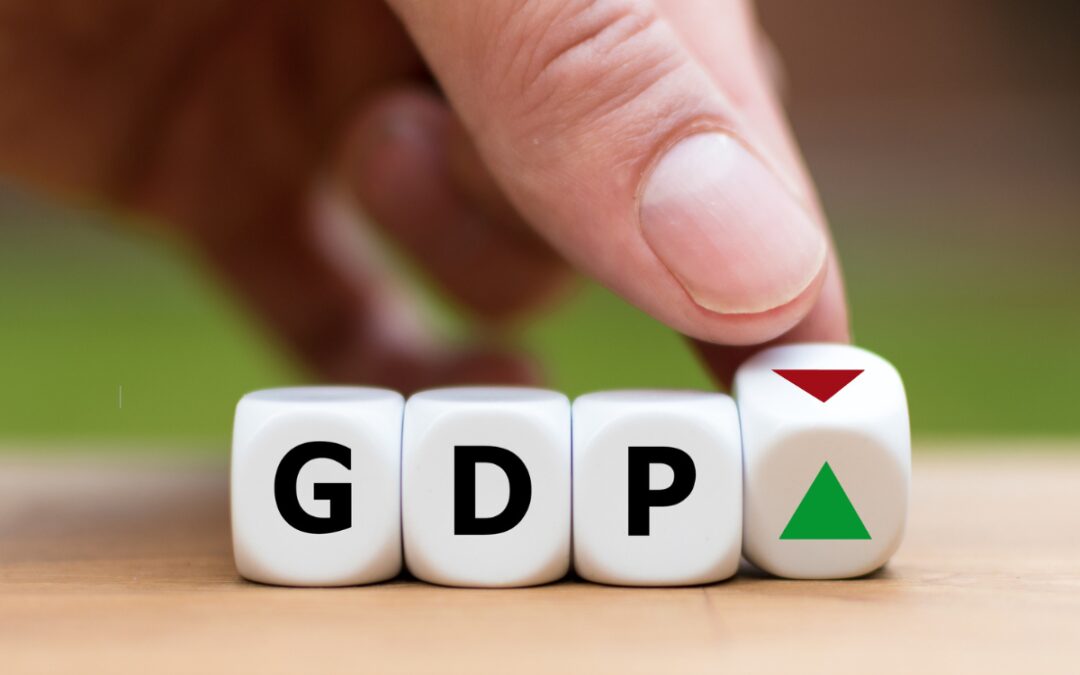The International Monetary Fund (IMF) Tuesday bumped up India’s growth forecast for FY24 to 6.3% from 6.1% estimated earlier, citing stronger than expected consumption in the April-June quarter.
IMF’s upgrade is the latest in several revisions for India that have seen FY24 growth forecasts edge up to near the Reserve Bank of India’s 6.5% estimate.
The forecast for FY25 is unchanged at 6.3%. India will continue to be the fastest-growing major economy.
“Growth in India is projected to remain strong, at 6.3 percent in both 2023 and 2024, with an upward revision of 0.2 percentage point for 2023, reflecting stronger-than-expected consumption during April-June,” it said in the World Economic Outlook (WEO), released Tuesday.
It does not include the impact of the latest geopolitical developments in West Asia.
India’s economy grew 7.8% in the April-June quarter from a year earlier.
The latest revision represents a 0.4% bump from IMF’s April forecast. The World Bank has also forecast 6.3% growth for India in FY24.
Uneven global growth
The multilateral lender expects the global economy to slow to 3% in 2023 from 3.5% in 2022 and further to 2.9% in 2024, which is a downward revision from 3% in the July projection.
Growth has been revised up for emerging economies such as Brazil, Russia and Mexico among others while that for the United States is projected 0.3% points higher at 2.1% in 2023.
The upward revisions compensate for the cut in China’s growth forecast to 5% in 2023 from 5.2% estimated earlier.
After a strong initial rebound from the depths of the COVID-19 pandemic, the pace of recovery has moderated, the IMF said, flagging widening growth divergences across regions.
“The latest projections confirm that the global economy is slowing as inflation declines from last year’s multi-decade peak,” it said.
Growth in emerging and developing Asia is projected to rise to 5.2 % in 2023 and then decline to 4.8% in 2024, a downward revision of 0.1 percentage point and 0.2 percentage point for 2023 and 2024, respectively from July projections.
China’s growth is marked down because of the property market crisis in that country and lower investment.
Prospects for income convergence across economies have also dimmed, it said, adding that at the time of the April 2008 WEO, poorer countries in terms of per capita income were expected to grow significantly faster than richer ones.
“But this growth differential has declined over the subsequent 15 years”, it said pointing out that as a result, the expected number of years needed for poorer countries to close half the gap in income per capita with richer countries has increased significantly from 15 years ago.
The report said dimming global growth prospects imply fewer resources available to navigate a shock-prone world and attract needed investments. “Overall, based on current policies, a full recovery of global output to its pre-pandemic path is unlikely,” it said.










